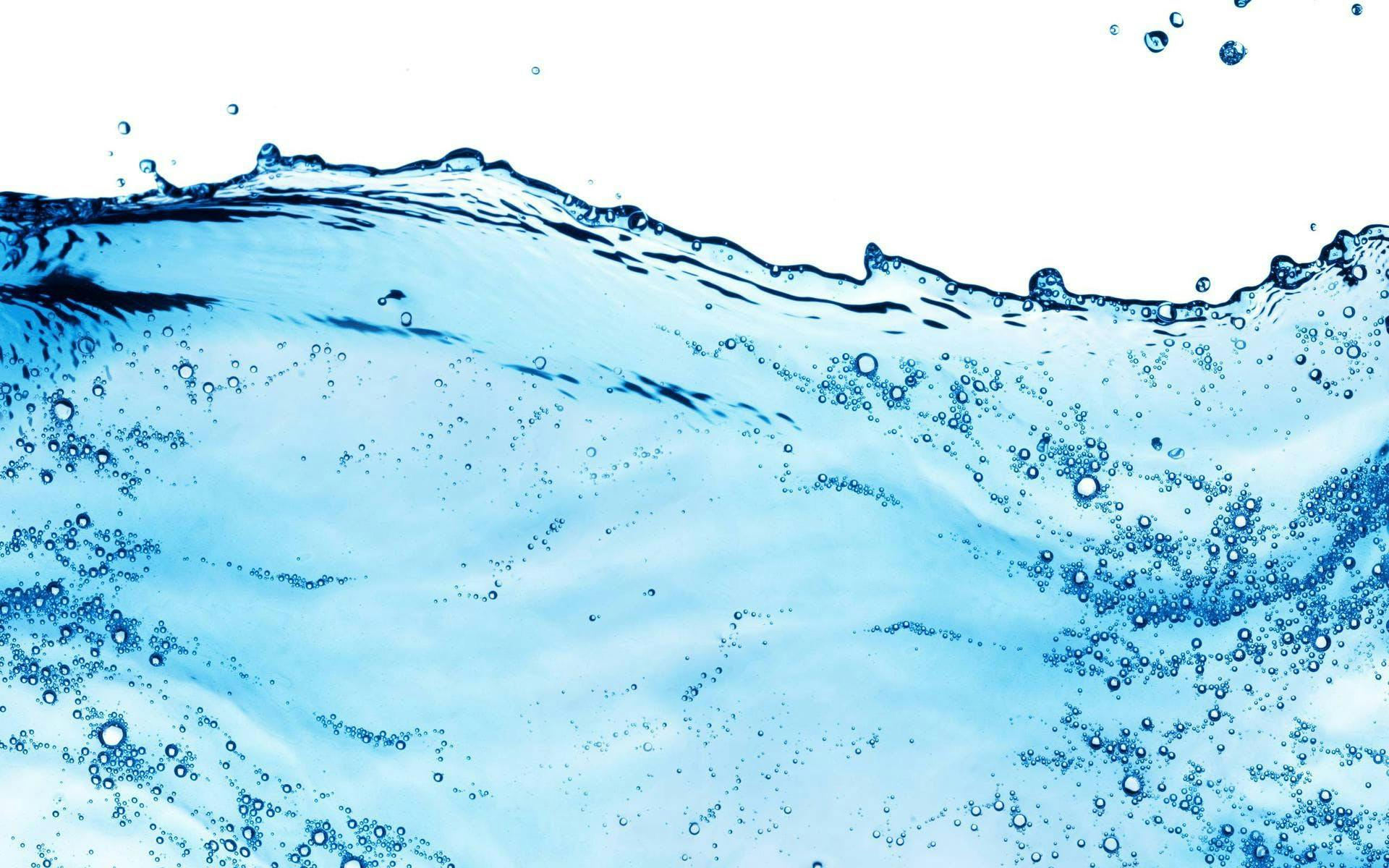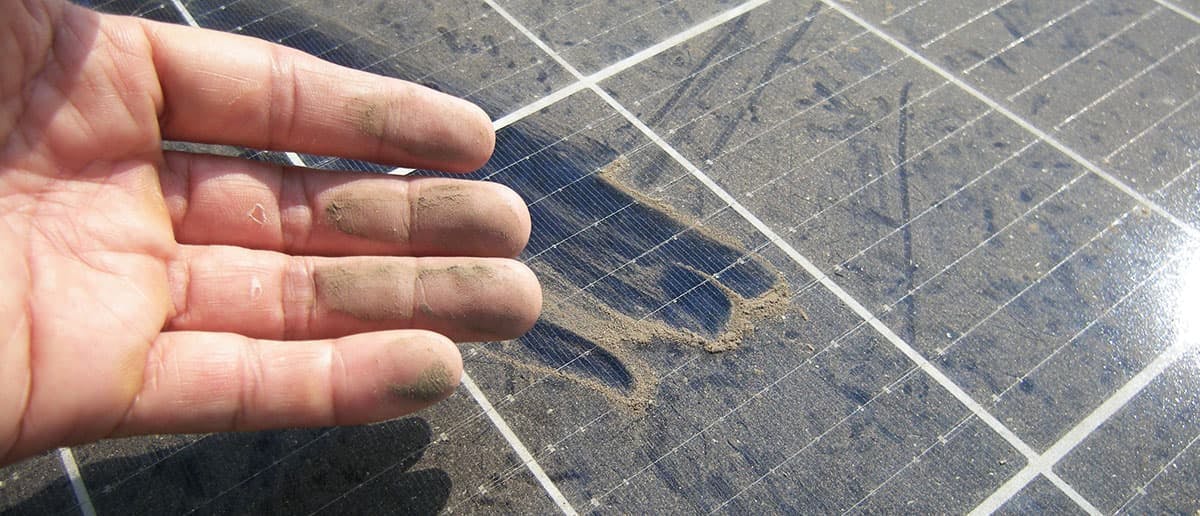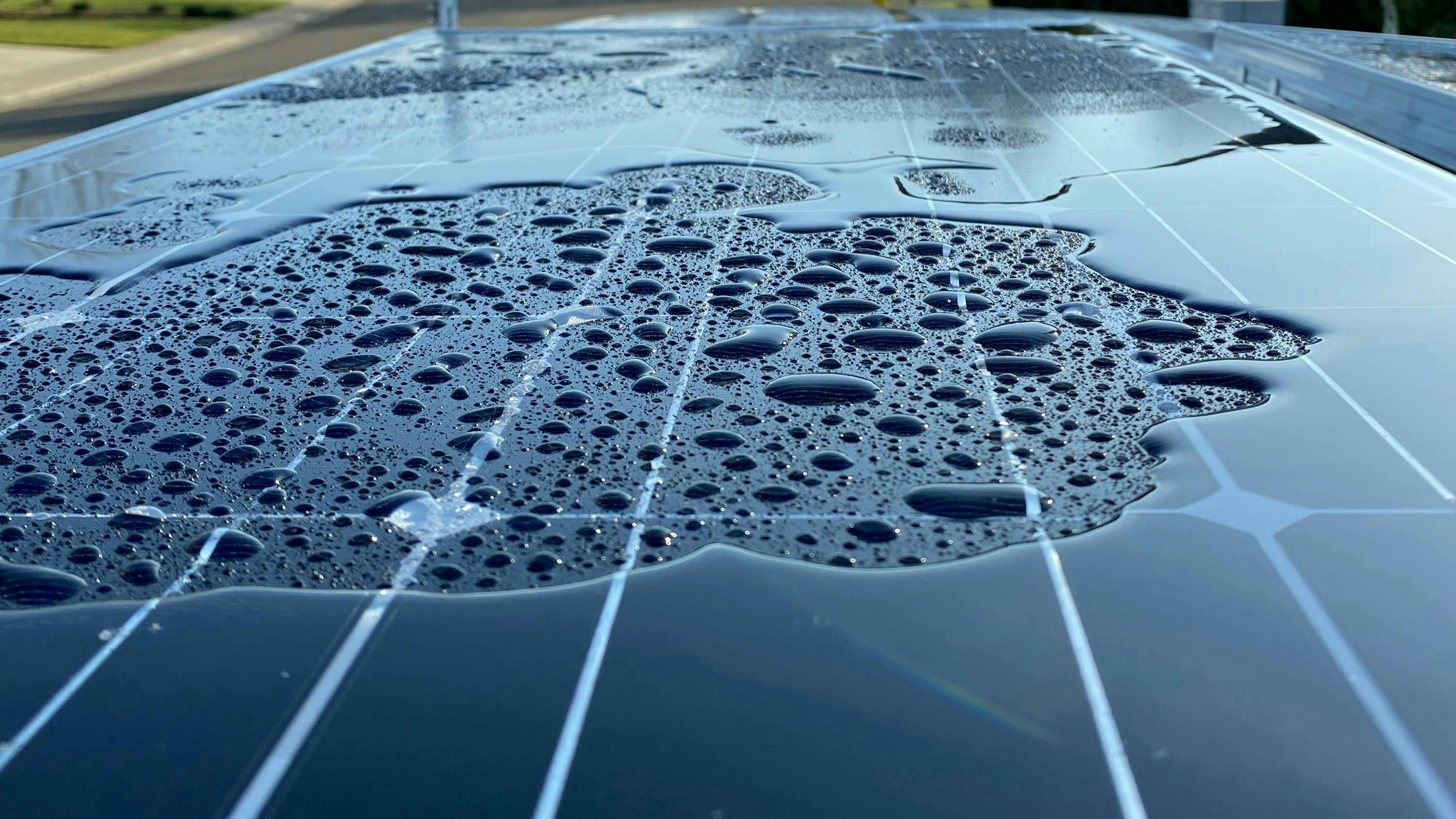R. Dr. Francisco Sá Carneiro
Zona Industrial de Bouro - Letra C
4740-010 Esposende, Portugal
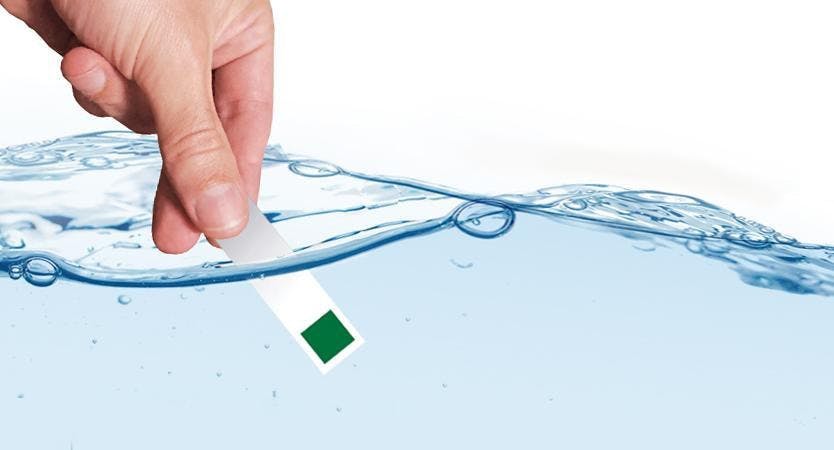
Water Hardness
There are many different aspects when it comes to cleaning solar modules. The location of the plant, the climate, the cleaning method and naturally the type of soiling.
One of the most common questions that comes up is what is hard water and how it can contribute to the lack of efficiency of the modules when used to clean them.
The use of hard water to clean solar panels will leave residues on the panels and lead to the appearance of spots and stains. This is due to the minerals present in the water such as calcium or magnesium.
Studies show that tap water is almost always unsuitable for cleaning solar modules. The presence of minerals will, after drying, form lime scale deposits on the glass of the panel. This will decrease power production due to the reduced light transmission, speed up the retention of soiling and ultimately it can even damage the panel due to the creation of hotspots (usually next to the lower frame of the module).
Therefore, one of the most important things to consider when cleaning your panel, besides the product you will use to remove the soiling, is the type of water used. One of the key steps to proper clean is the type of water used . The use of hard water or water with a high content of organic matter (such as water from rivers and lakes) is not recommended for cleaning the solar panels. It is recommended to use water with the least possible amount of impurities (the least possible amount of minerals and organic matter) with a neutral pH.
Also have in mind that most manufacturers of the PV modules have strict guidelines, regarding the quality of the water used to clean, that are usually tied with the warranty.
What is water hardness?
The waters are considered hard when these salts and minerals are present in large quantities, and soft when they are present in small quantities.
The hardness of water can differ geographically, i.e. it will depend on the geological nature of the place the water passes through with which it comes into contact. A hard water is associated with areas where the rocks are limestone in nature. Water from limestone areas is harder than water from granitic areas (waters from granitic areas are typically softer).
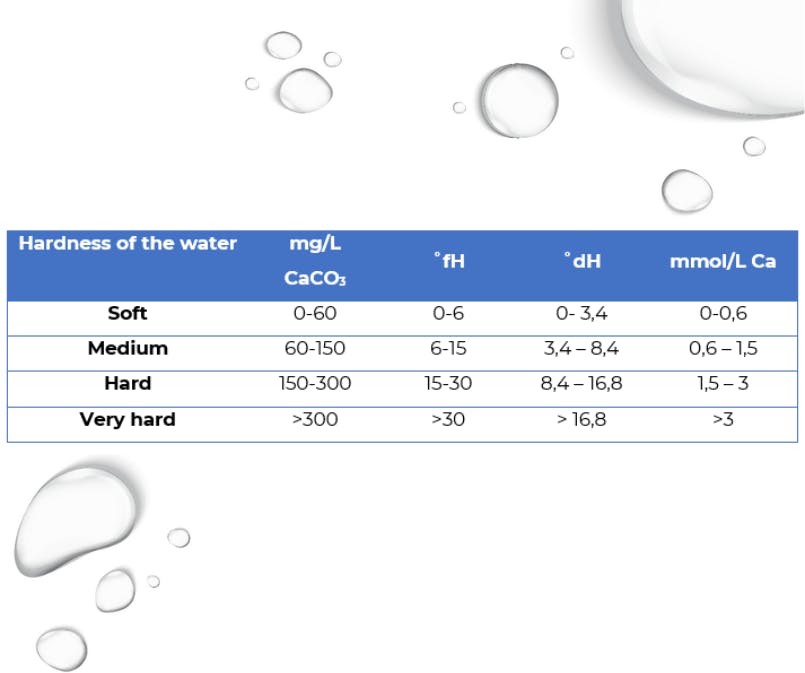
Table 1 – Classification of water hardness
The salts and minerals that rise the hardness of the water are called inorganic matter, while organic matter is all the material of plant or animal origin produced in or introduced into the aquatic environment.
Total dissolved solids (or TDS) consists of both inorganic and organic matter.
What is the difference between water hardness and total solids?
TDS concentration refers to inorganic salts and particles organic matter that are dissolved in water, while hard water is water with high mineral content. The main difference between TDS and hardness is that TDS includes inorganic (where salts and minerals are included) and organic substances, while hardness is due to the presence of magnesium salts, calcium carbonate, etc.
How to measure the hardness of water?
There are several methods for measuring water hardness, which can be used in different contexts. The most common method, and the one that gives the fastest results, is the test strips (like the one in the picture), where the color obtained on the strip is compared with the color indicated on the bottle label. However, this method is not recommended when you want to get an accurate measurement of the water hardness.
For more accurate results there are also hardness measurement "kits" that are based on simple colorimetric titrations. These portable kits provide more accurate results than test strips and can be used on-site without sending samples to a laboratory.
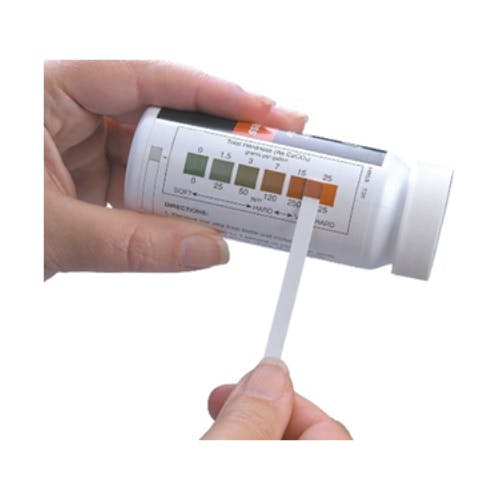
Water Hardness Test Strips
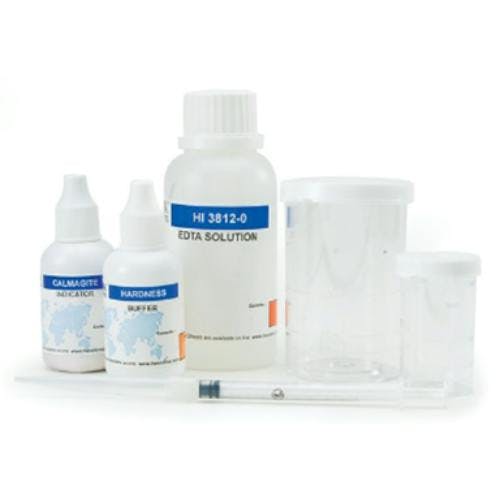
Total Hardness Test Kit - Hanna Instruments
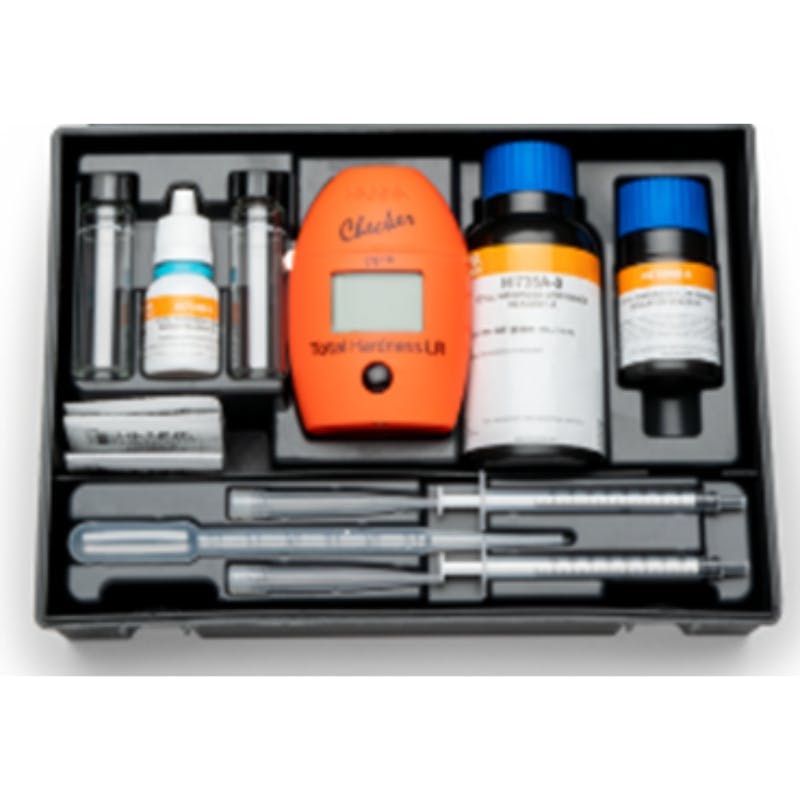
Checker® HC - Hanna Instruments
When the concentration of salts and minerals is expected to be very low or a result with great precision and accuracy is required, it is recommended to analyze the water hardness in the laboratory, using more specific equipment for measurement such as colorimetric titrations, spectrophotometry, or calcium ion selective electrodes.
After several customers reported problems with lime scale stains on solar modules after cleaning, in partnership with O&M companies and asset managers and following several tests and studies, ChemiTek developed a product to solve this problem, the Water Softening Agent.
Often O&M companies and cleaning companies don’t have easy access to demineralized water or are not willing to invest in the water filtration equipment. In these cases the best solution to prevent stains from appearing after the panels drying is a softening agent.
This softening agent will make the water softer, by removing the ions, and prevent stains and scaling from appearing.
Water Softnening Agent by Chemitek
WSA was developed for hard and very hard water, specifically used for the solar industry. Biodegradable, highly concentrated and without influence on the pH of the water, this solution has a low cost per m2, thus avoiding any upfront investments, and is completely scalable.
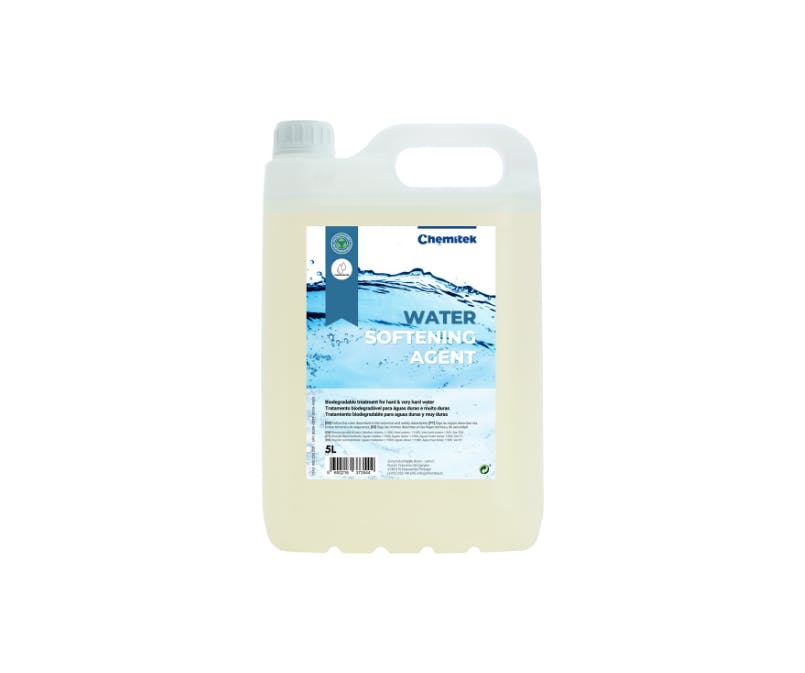
How does WSA work?
This biodegradable treatment reduces water hardness by capturing ions, thus preventing the appearance of stains and limescale deposits. This product has an action time of about 20 minutes and is compatible with other products offered by ChemiTek. This softener does not affect the aluminum structure, the silicone, or the anti-reflective coatings of the photovoltaic solar panels.
Do you have any suggestions or topics about the solar industry you would like to read here? Reach us by email!
